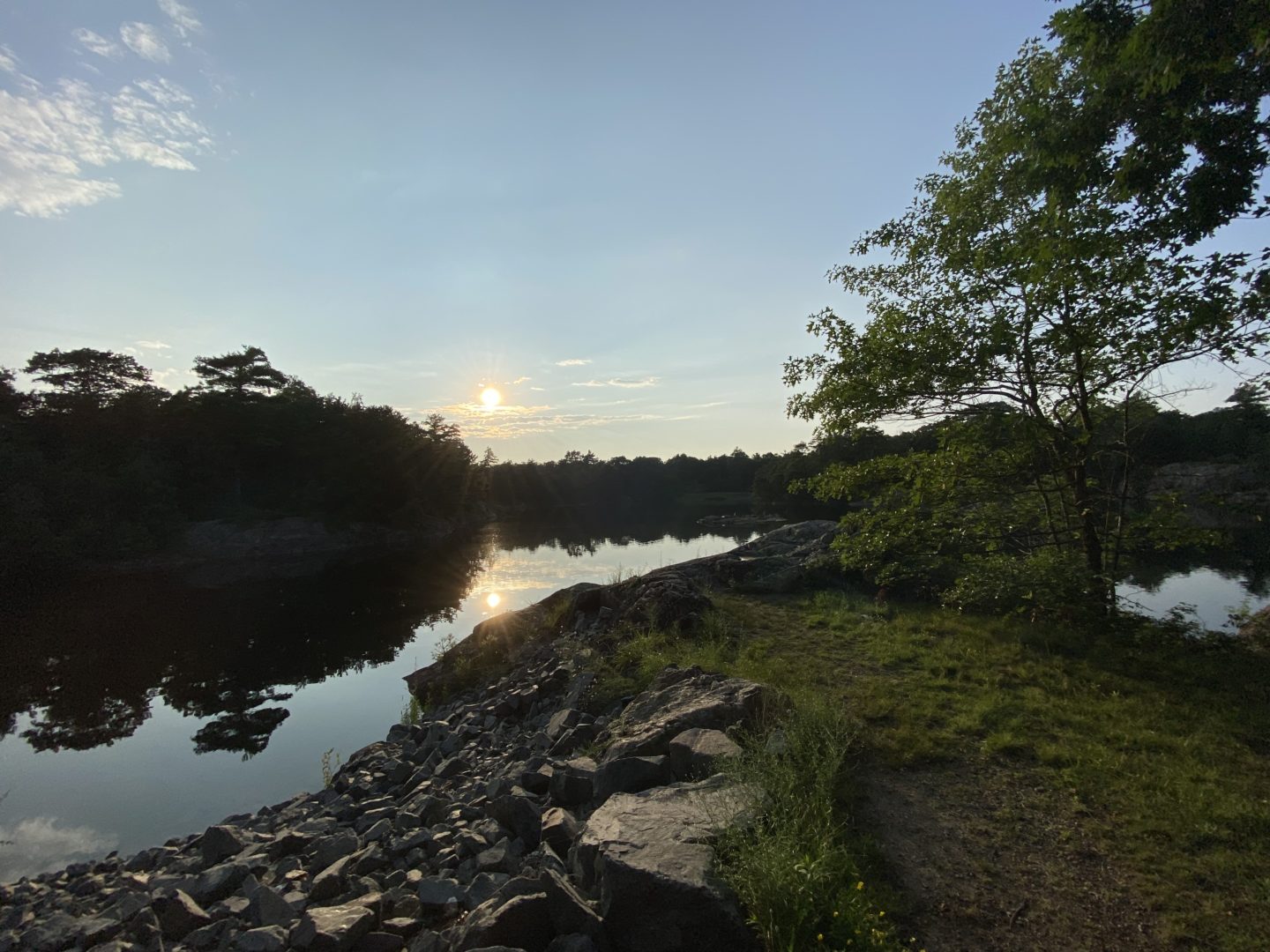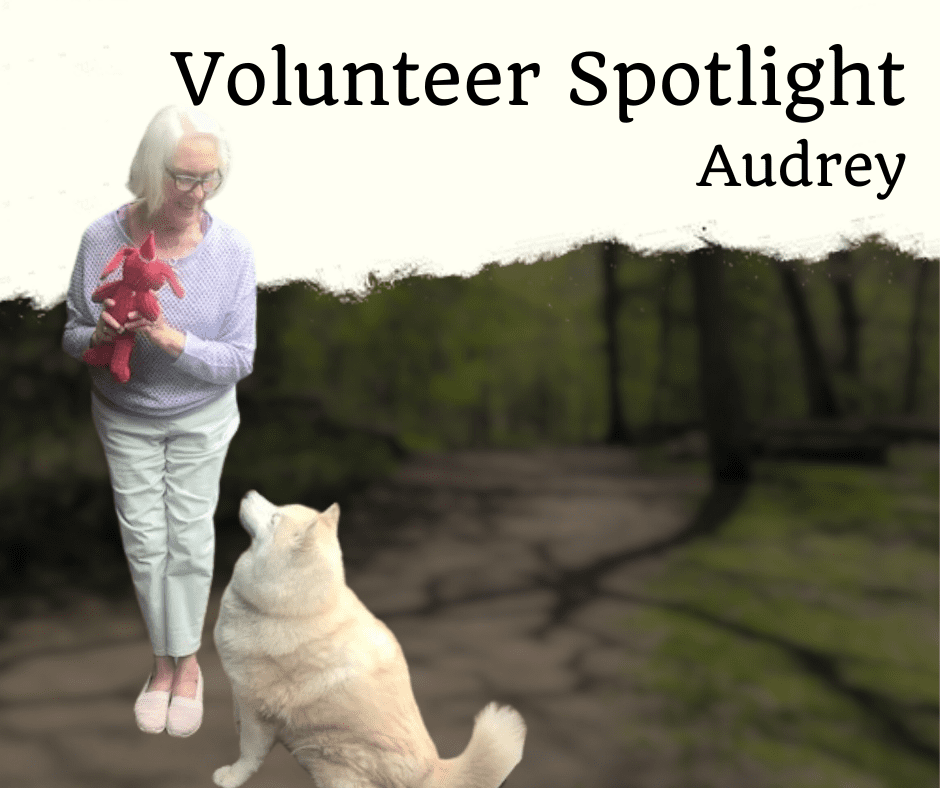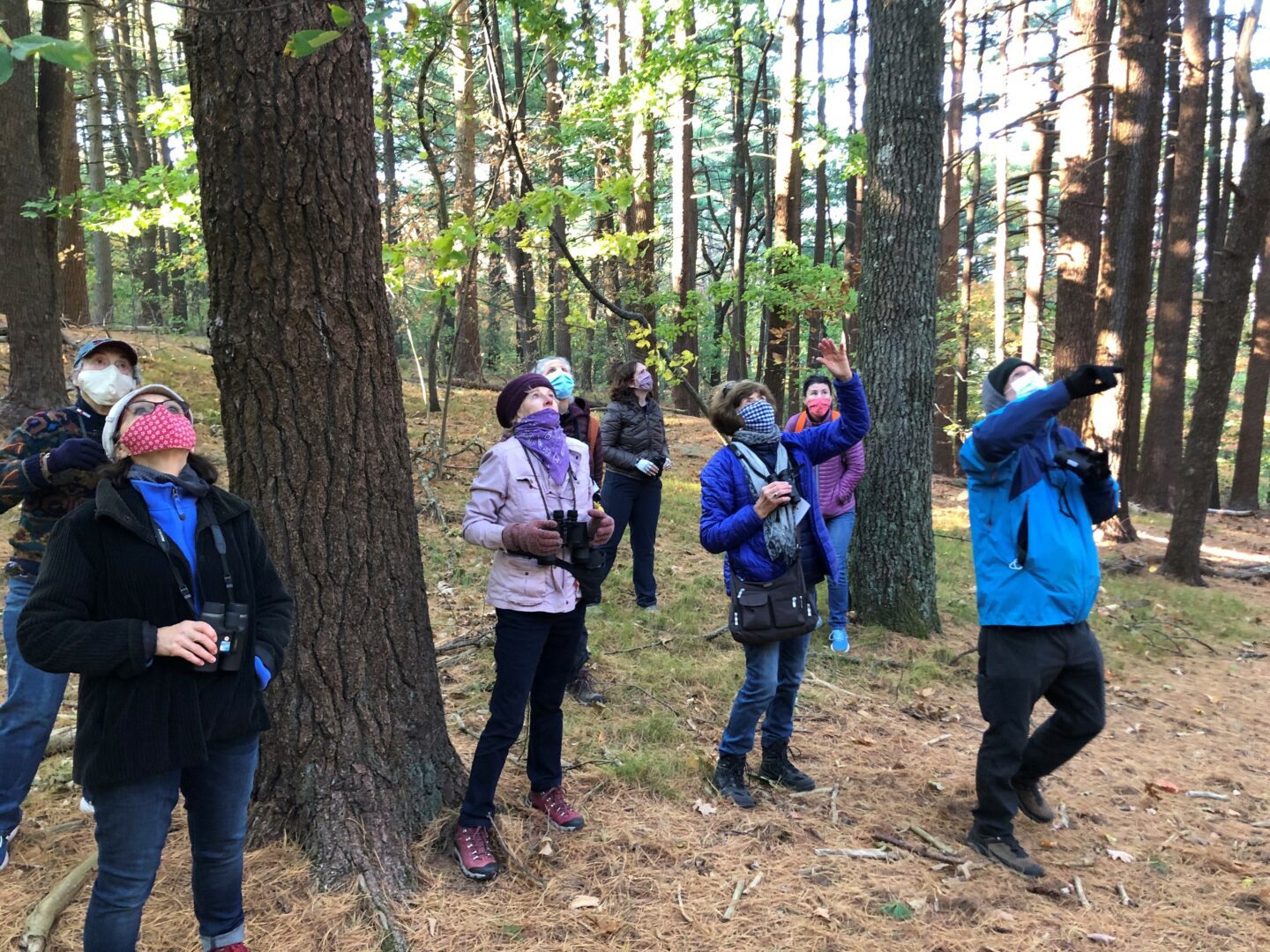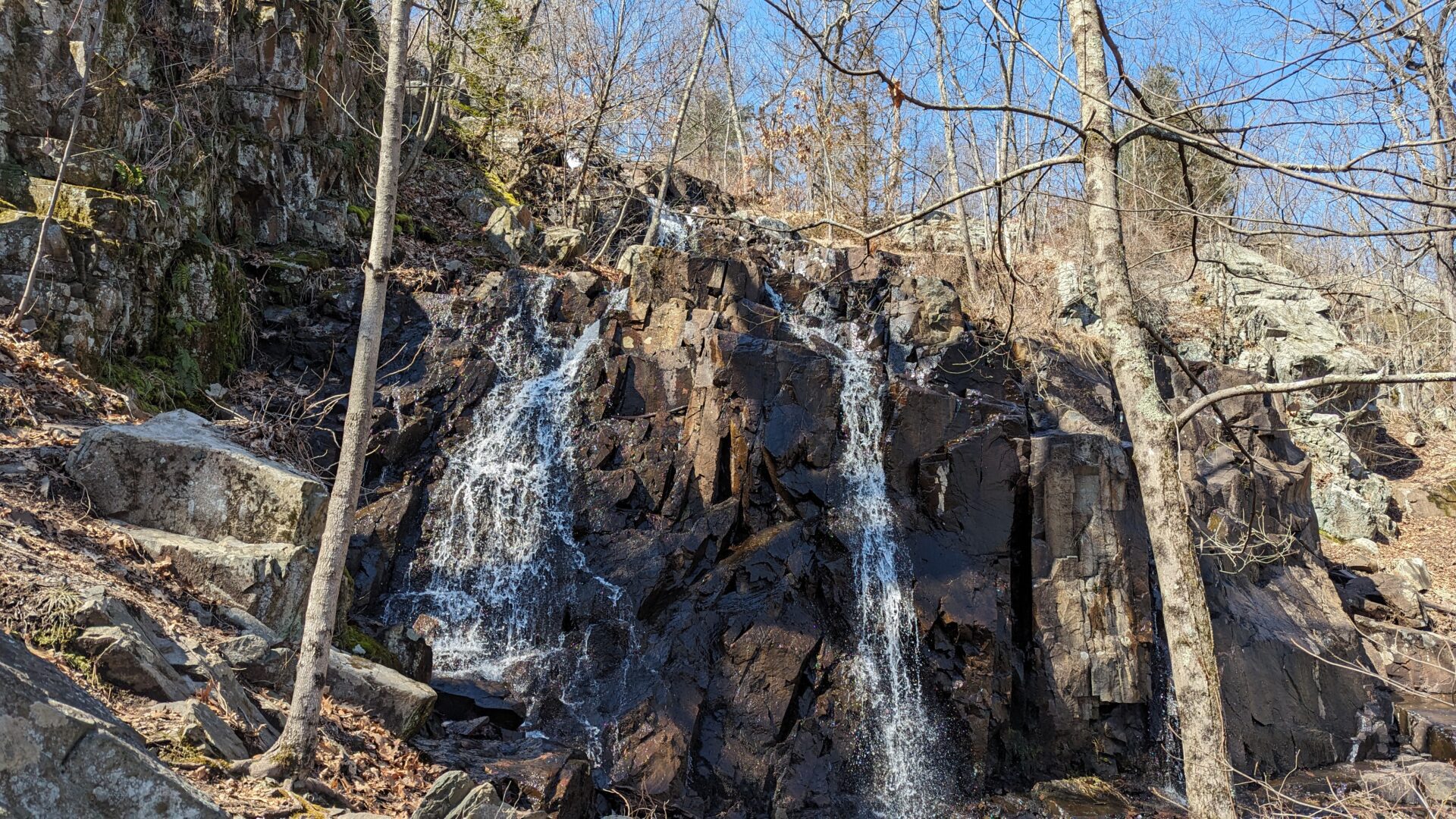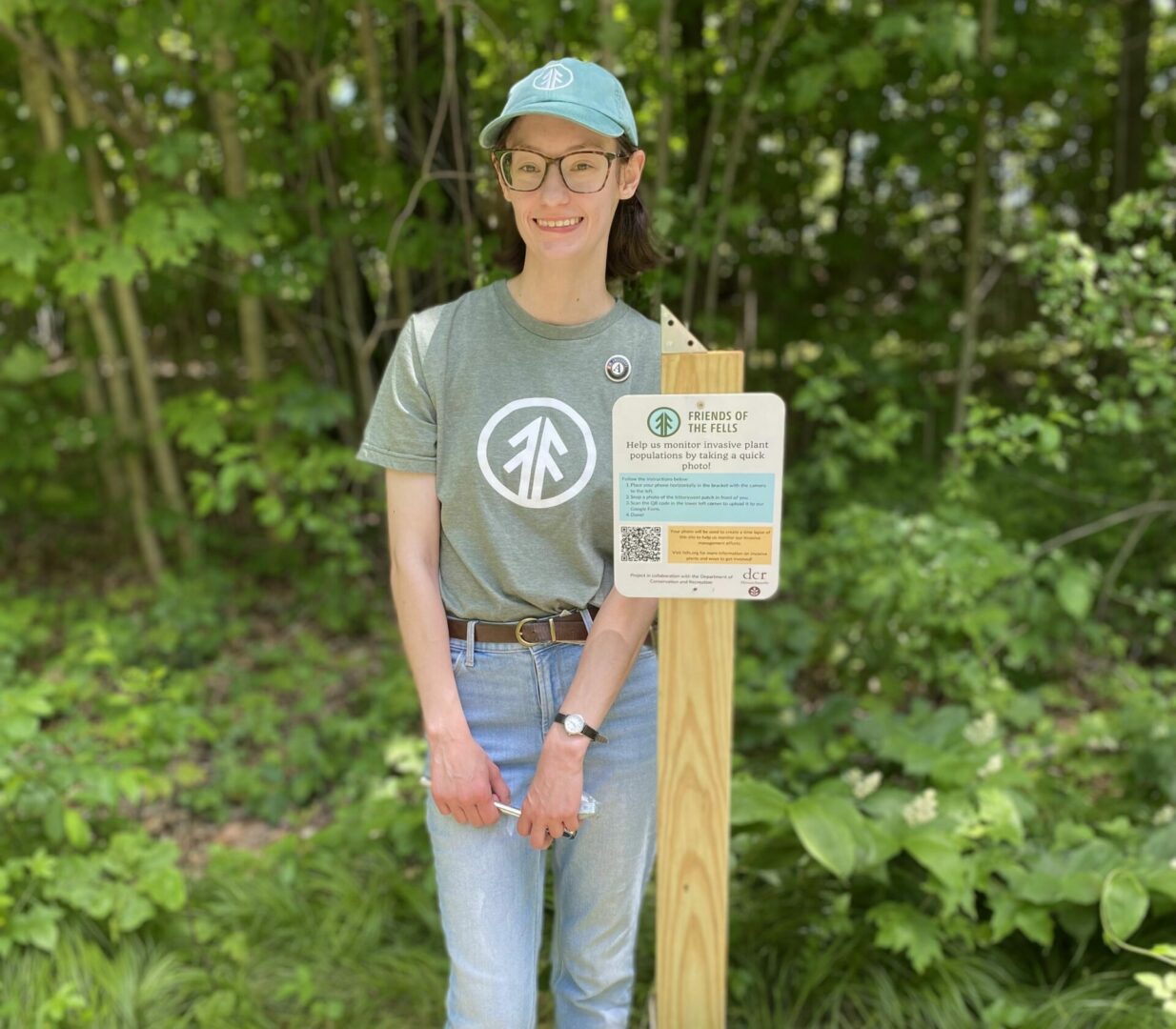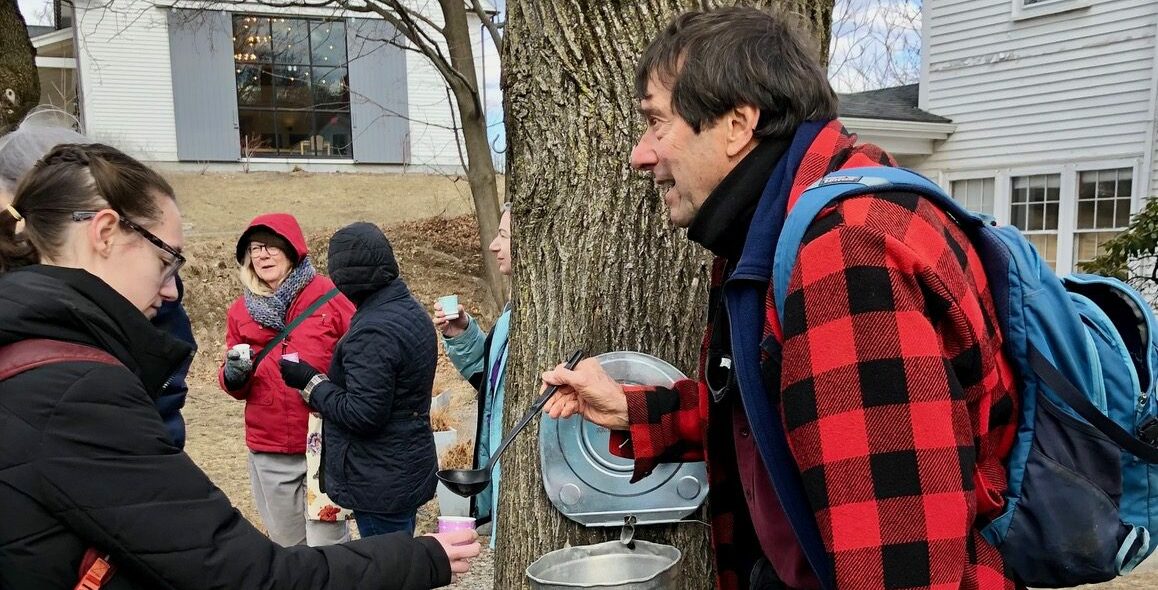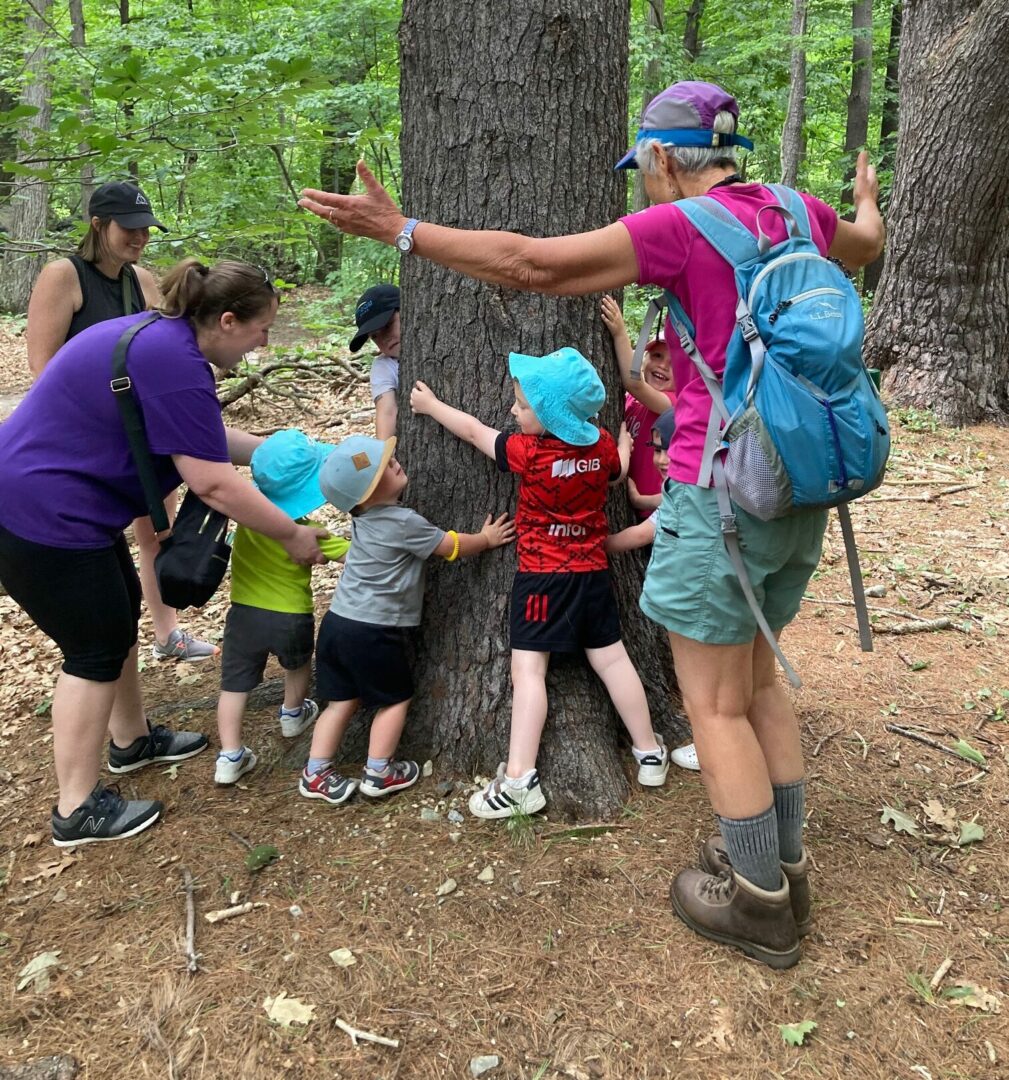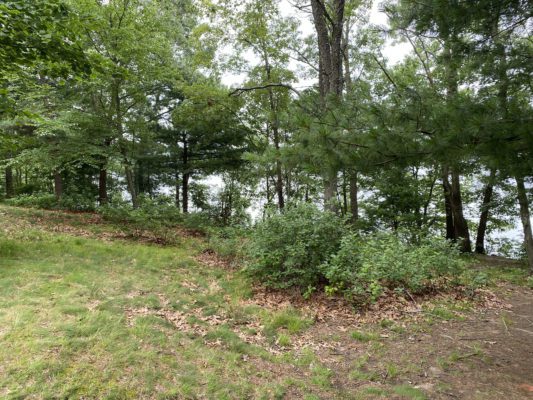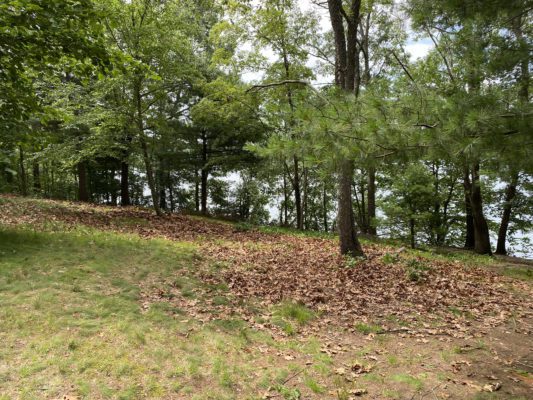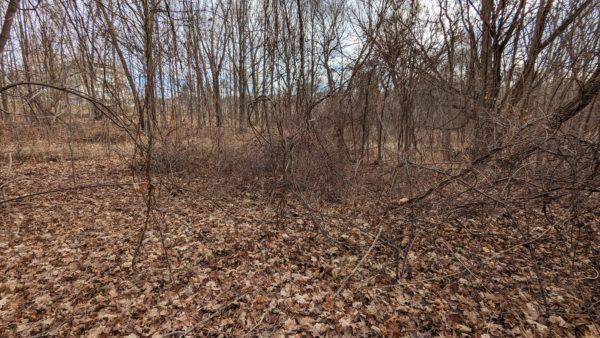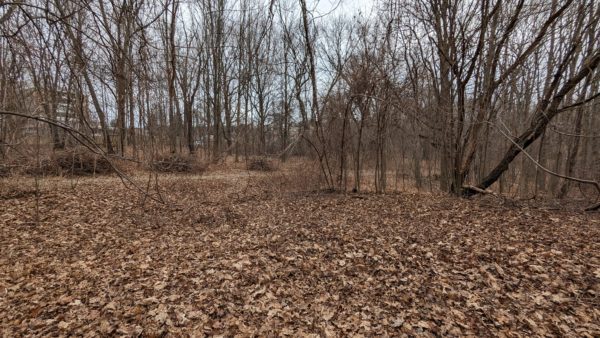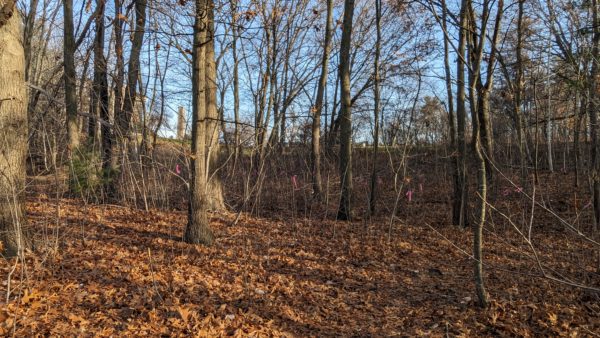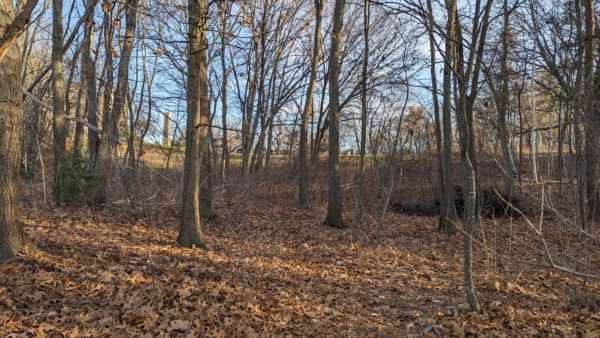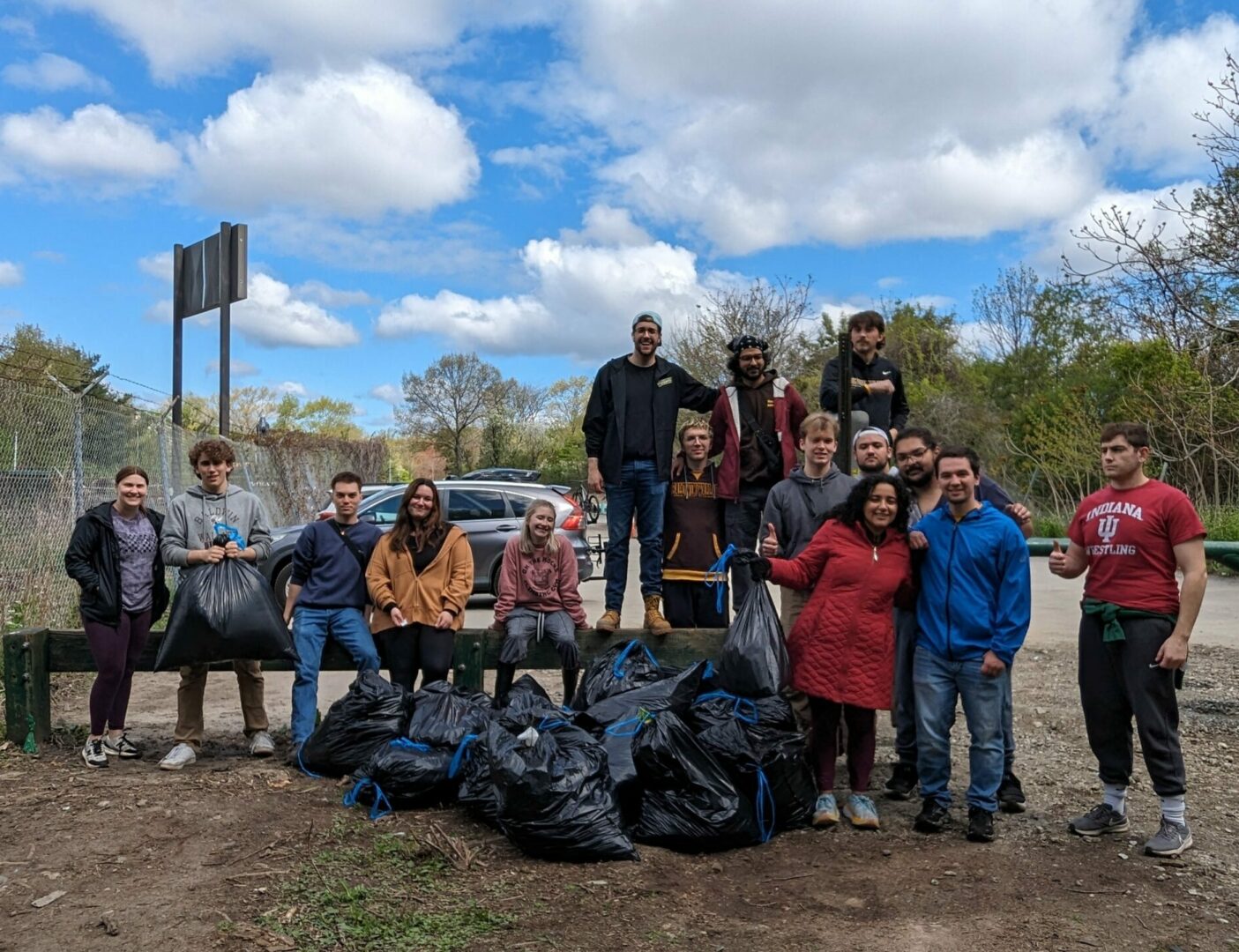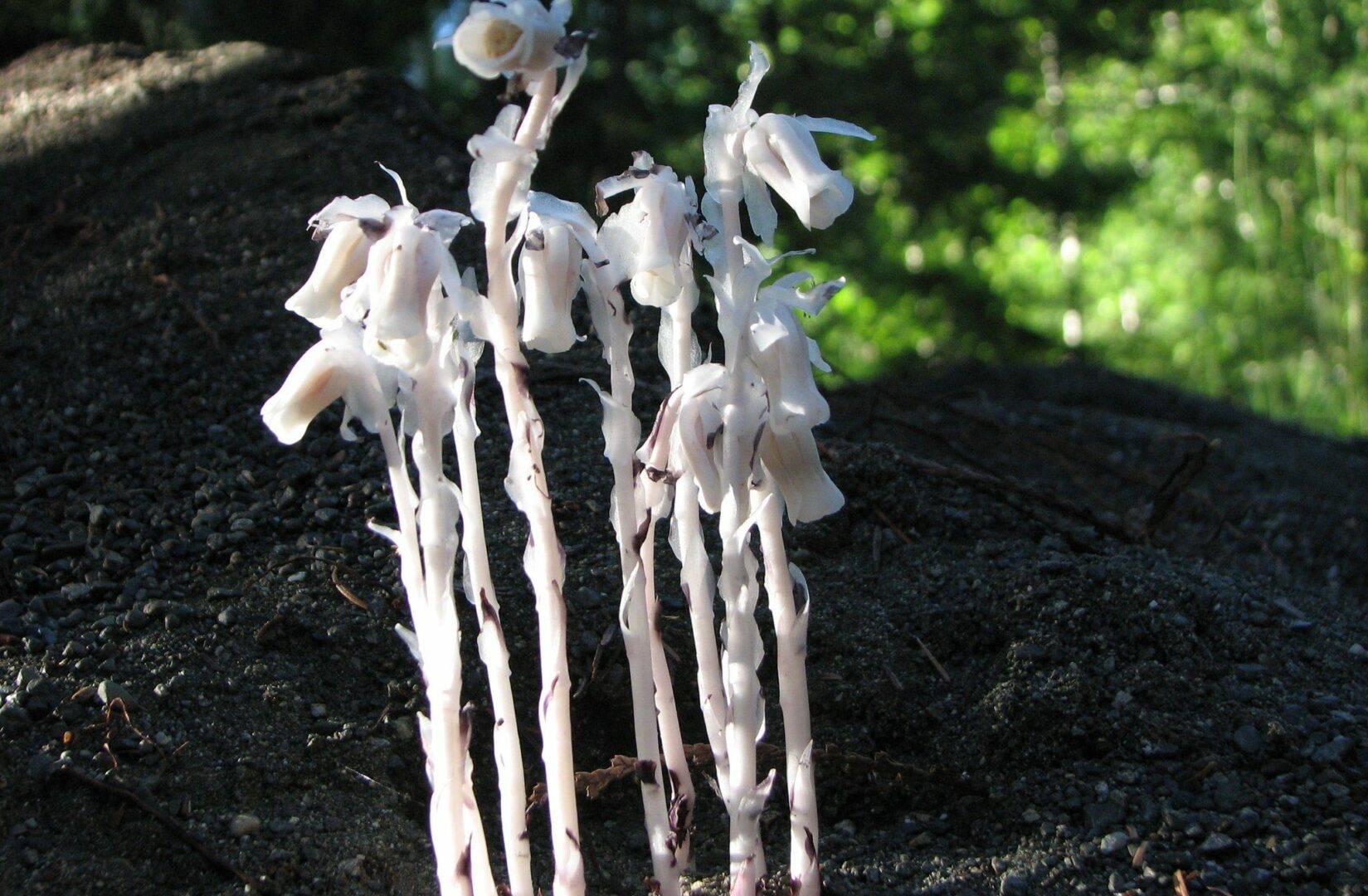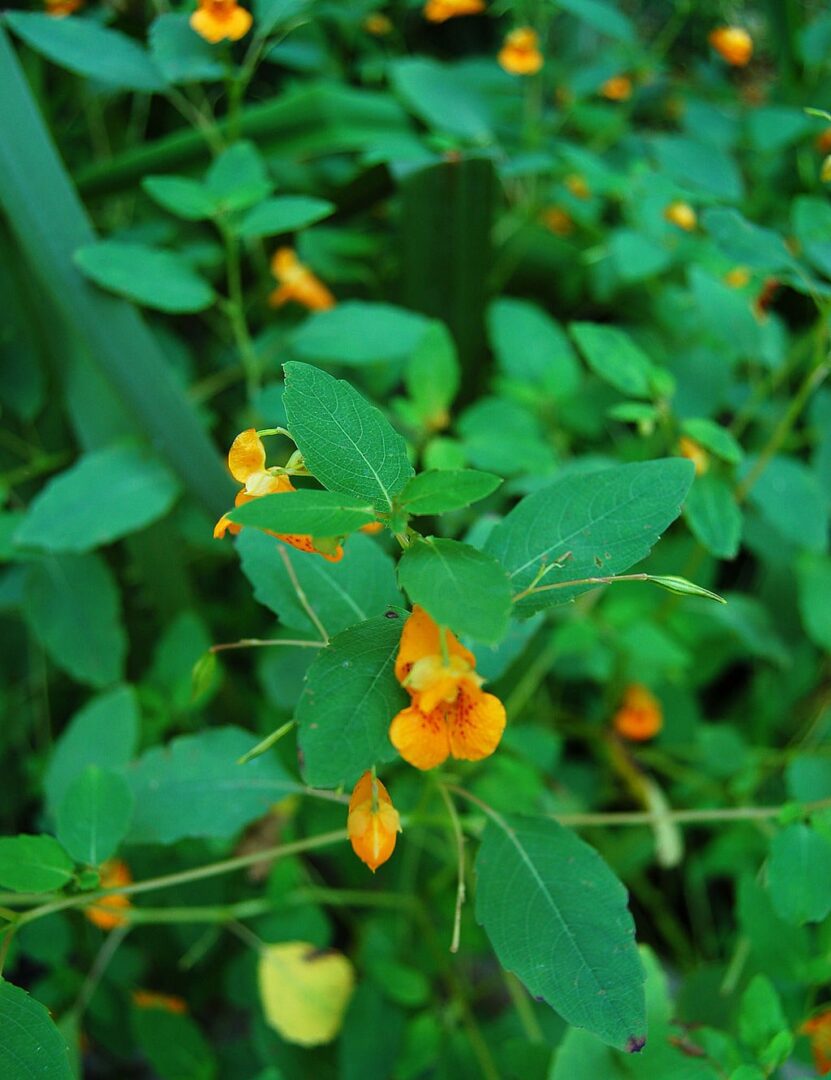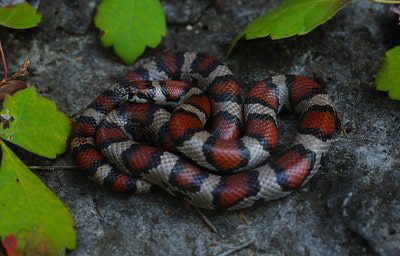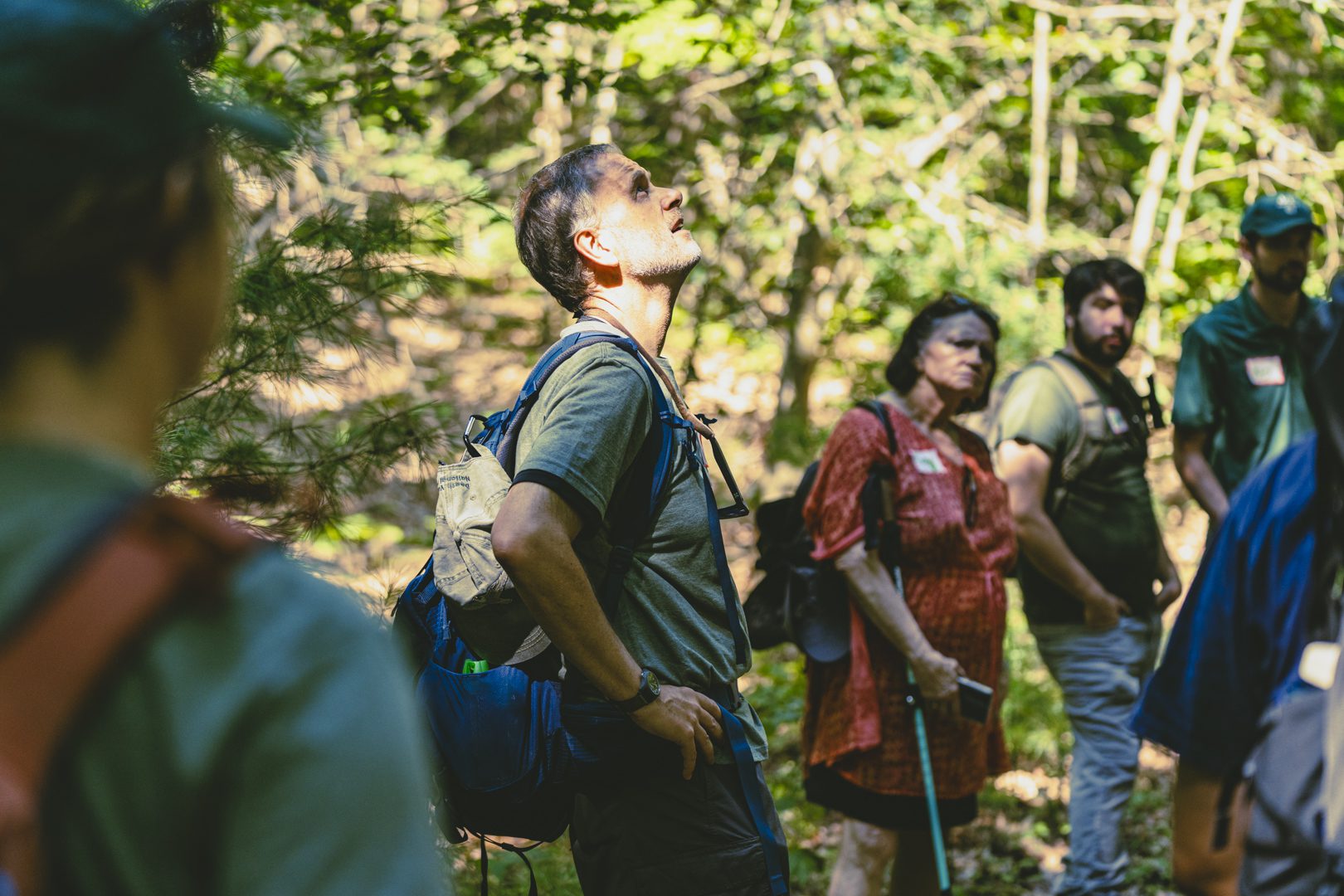
by Jaclyn Roth
Much of our lives are spent indoors. From household chores to relaxation, we often breathe in the same air and surround ourselves with the same walls. Working outside and interacting with nature is paramount to health and overall well-being.
The United States Environmental Protection Agency notes that the air we breathe indoors includes five times the amount of common organic pollutants found outdoors. Being outdoors improves the immune system. Plants produce chemicals with antifungal and antibacterial properties, and our bodies respond to these chemicals by producing white blood cells, which are essential in the fight against infections and viruses.
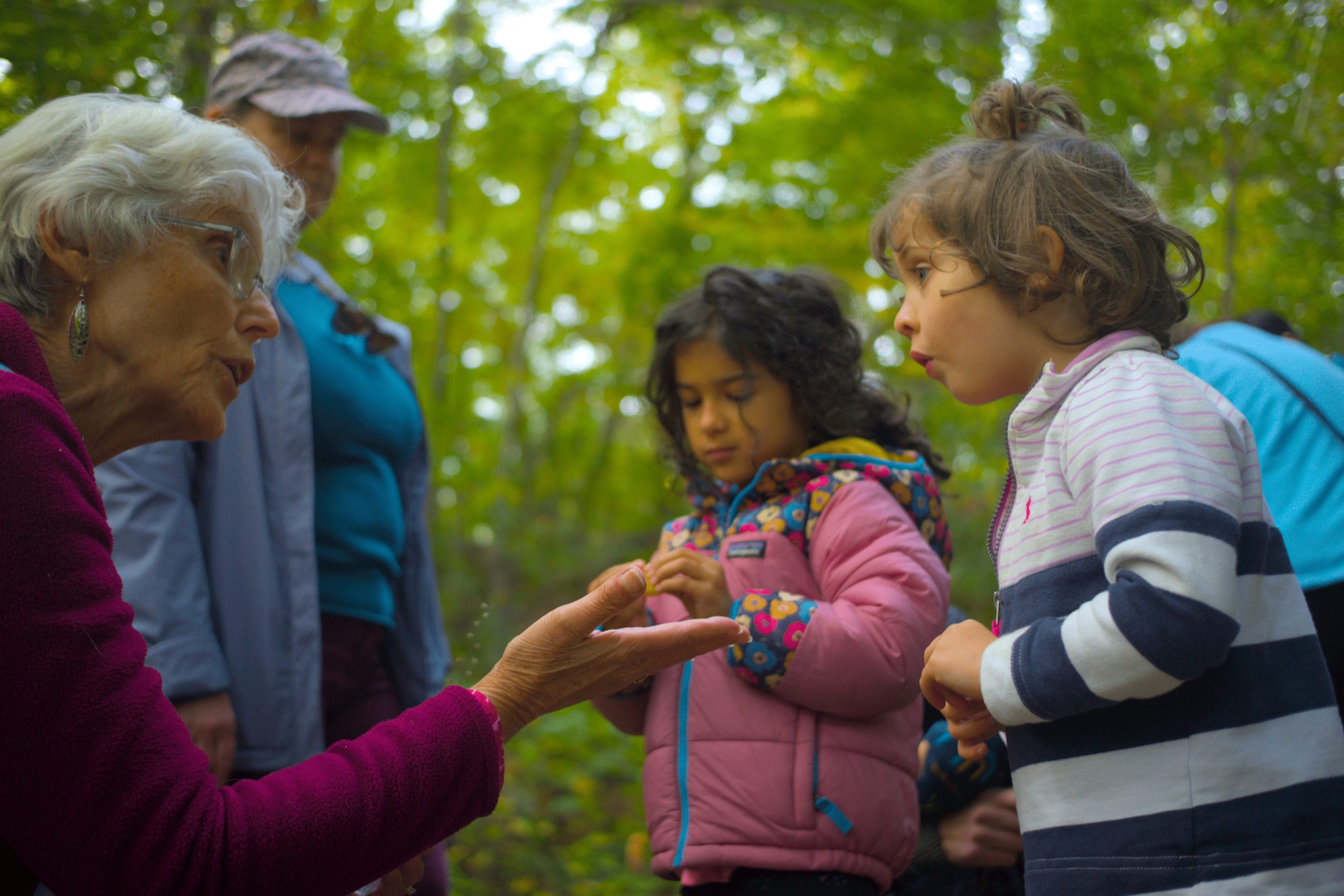
Humans possess an innate biological connection to nature. Biophilia, a term coined by Edward O. Wilson in 1984, describes a desire to seek connections with nature and living things. It is why we gravitate towards the sunshine, gardens, and the ocean.
Richard Ryan, lead author and University of Rochester professor, said, “Nature is fuel for the soul. Often when we feel depleted, we reach for a cup of coffee, but research suggests a better way to get energized is to connect with nature.”
Connecting with nature balances the body. It provides a sense of calm and peace. It reduces anxiety and improves memory and focus. A University of Michigan psychology study concluded that memory performance and attention improved by 20% after individuals spent an hour outside and interacting with nature.
If you can’t seem to step away from work, try taking a meeting on the patio or on the go with a walk around the neighborhood.
Start your morning or break at lunchtime with a hike or guided walk in the Fells! Check out our calendar for upcoming events and reach out if you’re interested in leading a hike of your own. Want to take to the trails on your own? Check out our website to find a trail and get started.
Changes in air, temperature, and scenery throughout the day lead to enhanced sleep, increased creativity, and happiness. So try to make sure nature is a daily part of your routine!
